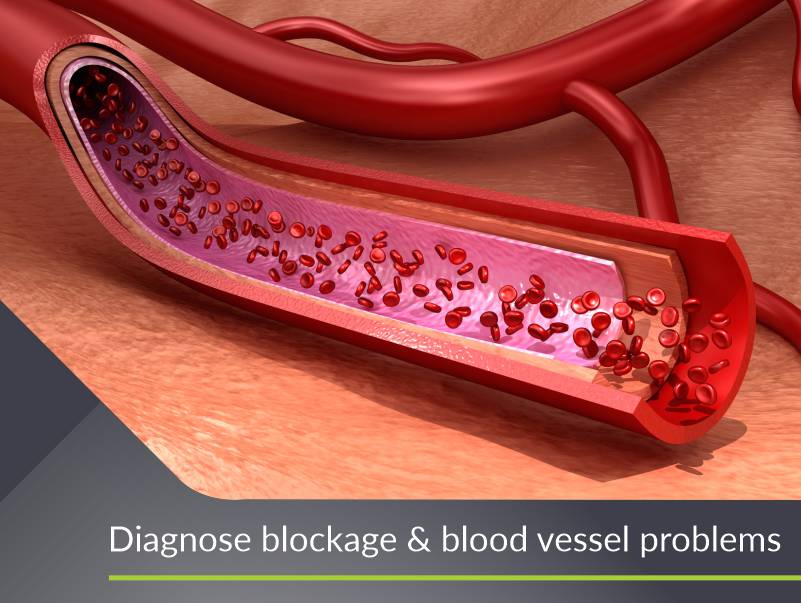A Peripheral Angiography is a test that your doctor performs to find out about the narrowed or blocked areas in one or more of the arteries that supply blood to your legs.
WHY DO YOU NEED TO PERFORM PERIPHERAL ANGIOGRAPHY?
Irregular blood flow in the arteries leading to legs.
- In order to determine if you need to undergo surgery to open the blocked arteries.
HOW IS A CT SCAN PERFORMED ?
- Before undergoing the test, your doctor will guide you with your diet and will also examine or ask you if you under any kind of medication or have any type of allergies or illness.
- Right before the test, the nurse will insert an intravenous line (IV) into a vein in your arm so you can get medicine and fluids as you lay awake on the bed.
- The nurse will then clean and shave the area where the test needs to be performed. After this, local anaesthesia will be given to you so that you don't feel any pain while performing the test.
- Right after that, when you are ready for it, the doctor ill puncture the needle through your skin and into your artery, and insert a long, thin tube called a catheter into the artery.
- Once a catheter is inserted, the doctor then injects a small amount of dye into the catheter which clears the vision of your blocked arteries on the screen. This substance might make you feel hot for a few seconds.
- After the test, you will be asked to take rest and give your diagnosed leg, complete rest. If there is any kind of bleeding, the nurse will take care of it and after a few hours, she will guide you on what to do when you head back home.
